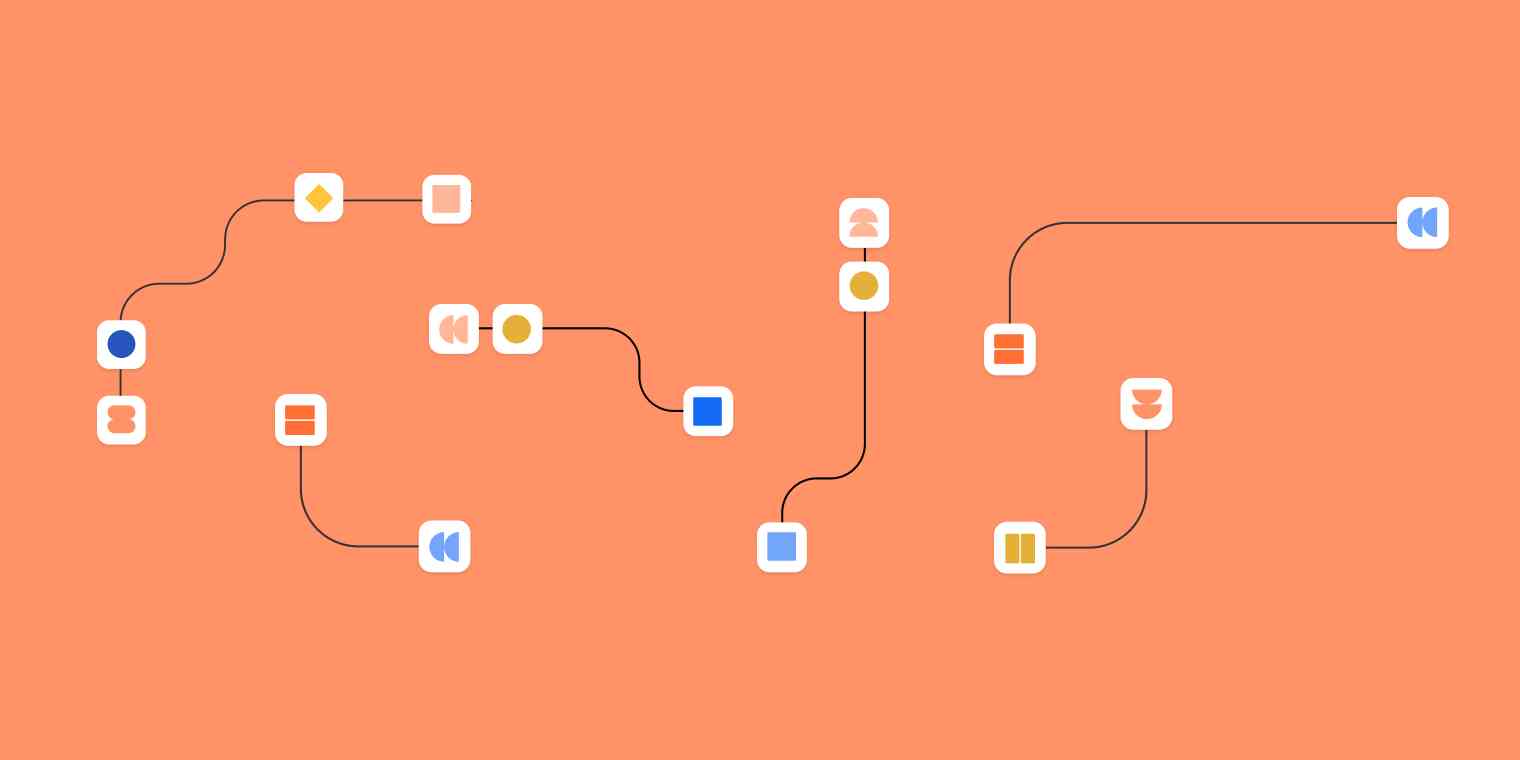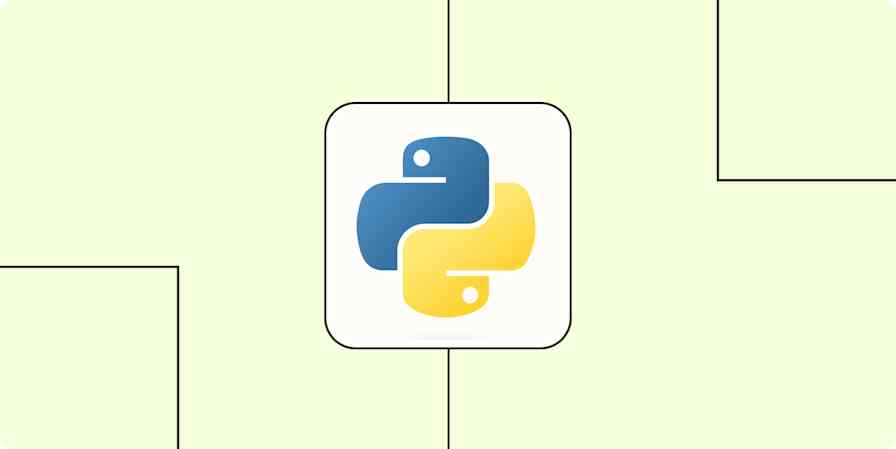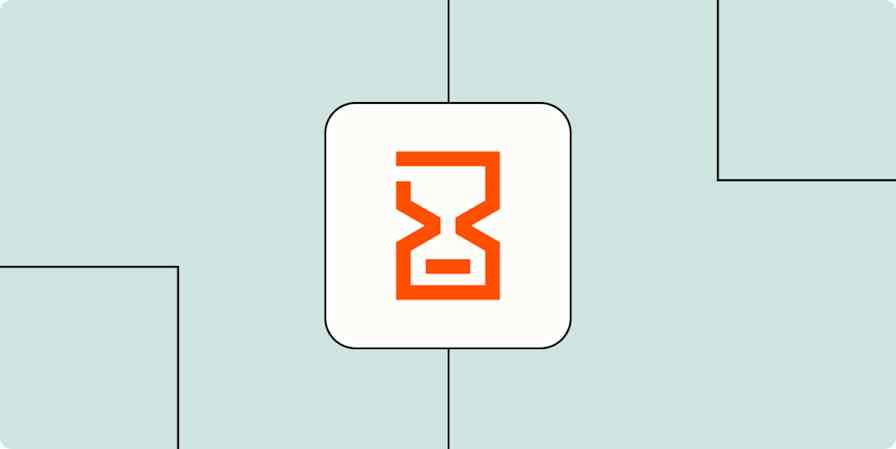Automation inspiration
6 min readBuilding Zaps for others: set up automation for your team or clients
By Kelly Goss · October 26, 2021

Get productivity tips delivered straight to your inbox
We’ll email you 1-3 times per week—and never share your information.
mentioned apps
Related articles
Improve your productivity automatically. Use Zapier to get your apps working together.







